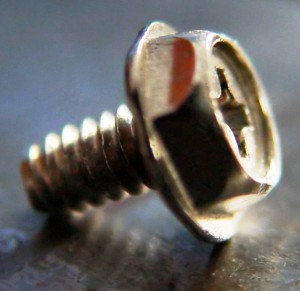The snow’s not here yet — hopefully still a couple months away — but snow blower pros will tell you it’s now that matters. So with Snow Blower Source‘s first post of the season, we’ll be diving into what you need to kick off a new snow blower season.

The First Walk-Around
Your snow blower’s been sitting in storage for months, so the very first thing you’ll have to do is walk around it and visually inspect how it looks.
Some of the things you’ll be looking for include:
- Rust: Getting a snow blower cover is one of the best ways to prevent moisture from creeping in and causing rust, but either way, you’ll still want to check the body and insides to see if any water did get in. It’s not horrible if you find rust, but it’s not great either, so give it a good once-over so you can prepare on how to deal with it.
- Cracks/Dents: Any time you put something away and don’t look at it for months, there’s always the risk that something could have dropped or fallen onto it and caused damage. In superficial areas, it’s probably not much of a cause for concern except how it looks, but check over it just to make sure nothing landed on a sensitive area. This is a high-powered machine with sharp and fast-moving parts, and the last thing you want is a ticking time bomb.
- Tires: Unlike a car, the tires on a snow blower aren’t of huge importance. You’re not going very fast, and flat tires will usually just be more annoying than dangerous. But let’s say you get that super heavy snowfall where you need the machine to power through with ease — good tires are going to make the job a lot easier.

Getting In Deeper
After you’ve visually inspected your snow blower, take a closer look at the bits and parts. Look at the condition the spark plug is in — is it cracked, black or broken? If so, get a new one right away. They’re cheap and easy to put in, and your machine’s being able to run depends on having one. And if you removed it during the off season, then all you have to do is pop another one in.
Some of you may have emptied your snow blower of fuel, while others may have added stabilizer. Either way, you’ll want to put in new gas — and oil! — to ensure it runs as smoothly as possible when started up. Just be careful not to overfill it and keep an eye on the line.
Next, take a look at what kind of shape the rotor blades are in. They’ve likely taken a heap of abuse over the winter season, coming into contact with rocks, sticks, toys and whatever else wasn’t cleared off the ground before getting at the snow. Most, if not all, rotor blades will have a wear indication line; if the blades have dulled down to that point, it’s time to get a new set.

Last but not least, tighten bolts that are loose, put on a new coat of paint if you want a shiny and new-looking machine, replace any loose fasteners, and make sure the start cord is in good condition.







